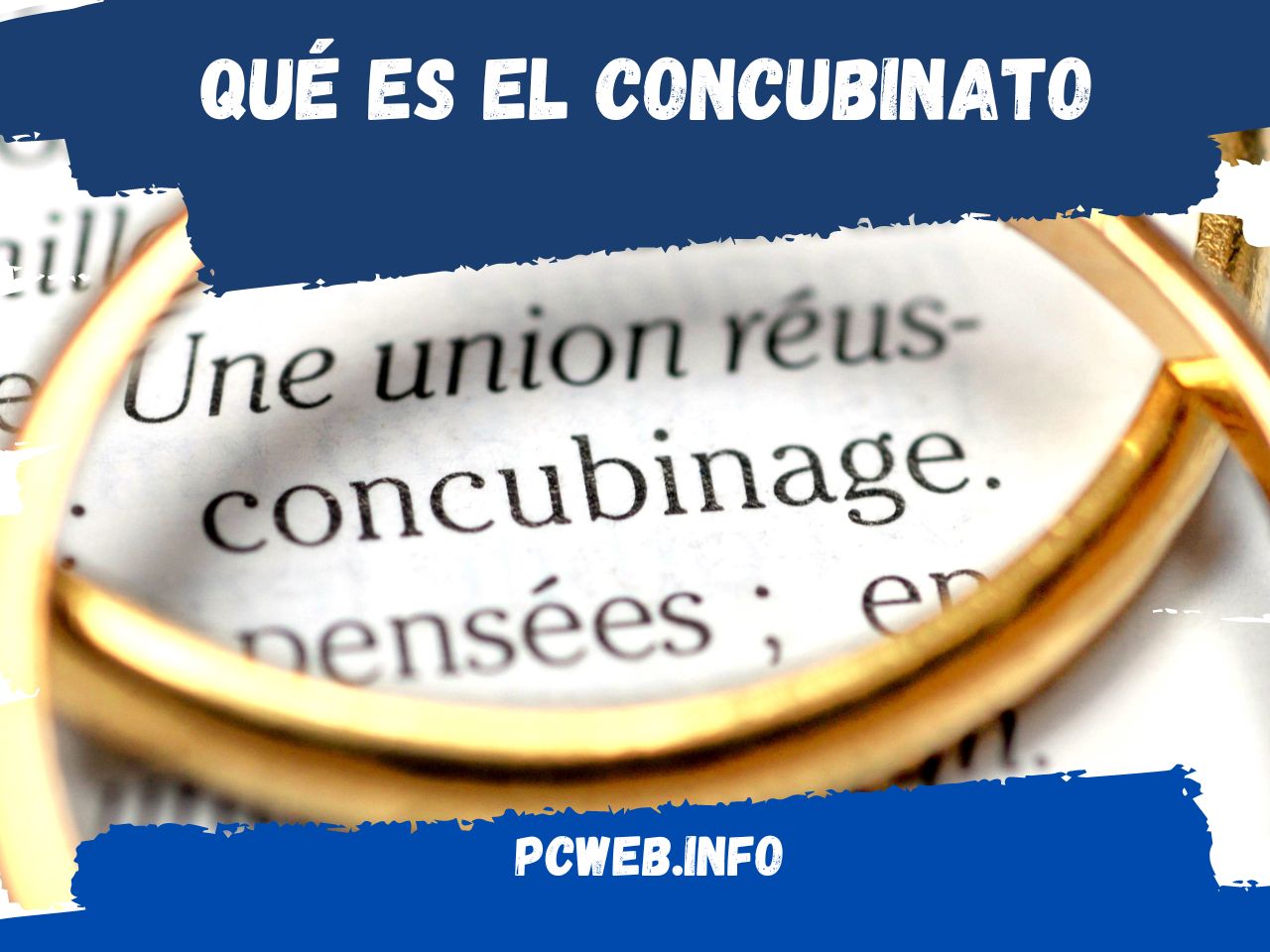What is concubinage? Often, it is possible to hear the word concubinage in certain stories of people who maintain a relationship that is recognized before the law, but that does not consist of a marriage respectively. This is what is called a concubinage, a union of the marital type that two people make to obtain certain statutes before the law.

Concubinage is a union that two people agree before the law, serving with the figure of concubinous, in order to obtain different legal elements for their union, such as the protection of family nuclei, the recognition of the local state before the relationship of the concubines, decision making, etc.
In essence, concubinage is proposed as an option for people who cannot marry, either because the state does not allow it, because they do not have all the necessary documentation, do not have the resources, etc. A very common example is equal couples, who, although they cannot marry in some countries because the law does not allow it, can agree to a concubinage.
In this way, the couple can also avoid a range of regulations that usually characterize marriage, finding a sufficiently solvent process to support their loving union.
It is very common to find historical documentation that supports people who would have exercised both marriage and concubinage simultaneously. Many religious figures could, for example, have a wife and multiple concubines. This, thanks to the fact that it was easier to process concubinage than marriage.
Features of concubinage
To understand more about concubinage, we can delimit several of its characteristics. These are presented as follows:
- Exclusive: At present, concubinage and marriage are exclusive processes, which can only be carried out between two people. Therefore, concubinage is considered a unique process, where two people must establish a reciprocated love pact without including third parties.
- Voluntary: Concubinage is an entirely voluntary process, as it is in the case of marriage respectively. This applies to both the marriage itself and concubinage, where it will only be possible to enjoy these ceremonies if both parties agree.
- Long duration: Concubinage is a bond that is established for permanent terms, where it can only be terminated if the couple dissolves either because one of the parties has died or because of irreconcilable differences.
- It needs a shared space: In order for people to properly celebrate a concubinage, it is necessary that they have a space in which they live together, added to all its implications respectively. People who cannot, for various reasons, access or enjoy a home of their own as concubines, may not be listed as concubines specifically.
- Public: Concubinage cannot be conceived as an anonymous and reserved process. In the same way as marriage, concubinage is a legal and public exercise of the union of two people, so it must be exercised as an example before the whole society at the time of its exercise.
- Legal: Concubinage also enjoys its legal basis, which, although not the same as in marriage, can give the couple of concubines different endorsements before their local government. It is also important to note that each country will present its own requirements for cohabitation itself.
The effects of concubinage
People who resort to concubinage, may find the following benefits:
- Filiation of the law: If the concubines have children, these will be protected by law, even finding the possibility of receiving surnames, inheriting property, using the same rights as children of marriages. Child support sentences may also apply if necessary.
- Formal bond: Cohabitants can share different elements such as their insurance policy as well as their properties. In the event of a separation, they must reach an agreement to now manage all their resources separately.
- Normative family: The family of the concubinage will be recognized before society like any other, being able to access the same rights. However, this could vary in some countries despite not being typical, since the matrimonial family and concubinage must enjoy the same privileges in society.
How long does it take for a concubinage?
It is not possible to answer this question uniquely, since each country has its regulations on the requirements to be able to apply concubinage. Some countries require at least two years of public and notorious relationship for the couple to consider the option of concubinage.
For this, the couple must have shared a space dedicated to their relationship, where they have been able to recreate and forge their bond over time. Otherwise, they will not be able to apply for concubinage.
How to put an end to a concubinage?
In the same way as marriage, concubinage can be concluded if only one of the parties so wishes. In case both are, the process could be much more fluid and direct, but when this is not the case, several stages are required in the dissolution of the couple.
As in marriage, the couple must negotiate the distribution of their assets. If they have children, it will be necessary to establish guidelines for parental assistance towards minors, as well as the concept of their support. The couple must appear in court to carry out their dissolution.
The law will be responsible for guiding the concubines, so that they can know the resources at their disposal for this process.
An alternative to marriage: What is concubinage?
Concubinage is a tool that many people can use to legitimize their union quickly and easily, as well as in an accessible way, because not everyone could access the benefit of marrying due to differences with the rules of a certain country. For example, many egalitarian couples resort to concubinage since the law does not allow them to marry.
References: Wikipedia
Read also: Differences between concubinage and adultery; Adultery in the Old Testament; What does adultery mean in Islam?; Adultery vs Concubinage; Differences between concubinage and adultery; Adultery in the mind
This post is also available in:
![]() English
English ![]() Deutsch (German)
Deutsch (German) ![]() Español (Spanish)
Español (Spanish)